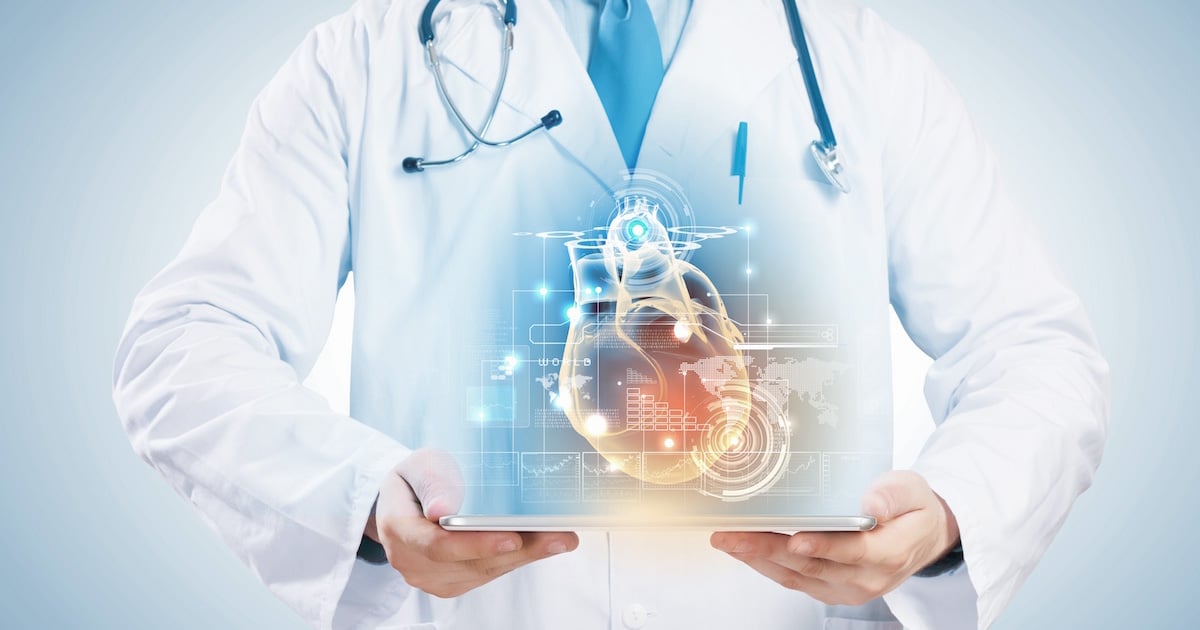Varicose Veins


Translated by AI
Human legs contain both veins and arteries that nourish them. Arteries are responsible for transporting oxygen and energy to the muscles, especially while walking or standing. Meanwhile, the used blood is sent back to the lungs for purification through the veins. A common venous disease in the legs is varicose veins.
Causes of Varicose Veins
The exact cause is unknown, but it has been observed that patients with mild to severe varicose veins often have abnormalities in their vein valves, especially in the thigh area. Though these l valves are not as complex as heart valves, their function is to open and close to push the blood back to the lungs from the legs. When these valves fail, blood pools in the legs, especially in the calves and knees, increasing the risk if the person has to stand or walk for long periods. Women are more prone to developing varicose veins than men. Pregnant women and those who have given birth also tend to be more susceptible than the average person. Occupation might be a contributing factor; for example, people in sales jobs, which require standing for long periods, might be more at risk.
Symptoms of Varicose Veins
Symptoms can range from visible spider veins on the skin to bulging like worms, which can be found from the ankles to above the knees. Most of the time, it’s not particularly painful. Symptoms might appear on one or both legs but after a while, there might be a feeling of tightness and pain, especially when standing for long periods. Some people might frequently experience cramps. In severe cases, ulcers that bleed or are hard to heal might appear, and some patients might also experience inflammation of the veins.
Treatment for Varicose Veins
If the symptoms of varicose veins are not severe, most people tend to ignore them because they might not cause pain and don’t look too bad. However, as the condition worsens to the point of pain or becomes grossly visible as bulging veins, people start getting concerned and seek treatment. Treatment isn’t easy; for minor cases, wearing compression stockings might be recommended, but for more severe cases, injecting medication directly into the veins might temporarily reduce the size of the varicose veins since the underlying cause, which is the valve dysfunction, has not been addressed. Surgical options involve removing the problematic veins through incisions at the knee and groin, pulling the entire vein out. This method can be painful for the patient post-operation, requiring hospital stay and leaving scars on the legs.
Endovenous Laser Treatment with Laser
Currently, there’s an easier and quite effective treatment method compared to surgery, known as Endovenous Laser Treatment. It’s not a surgical operation and only requires local anesthesia. It might not even require a hospital stay, allowing normal activities to resume soon after. This modern technique involves a small incision around the knee area, roughly 2 – 3 millimeters in size, through which a laser tube is inserted from the groin down to the knee. This aims to shrink the vein and includes the valves in the veins. The procedure minimizes pain, leaves no scars, reduces the possibility of recurrence, and lessens the risk of complications.
Legs are important parts of the body, used every day to perform various activities in daily life. Therefore, taking good care of our legs is essential.

